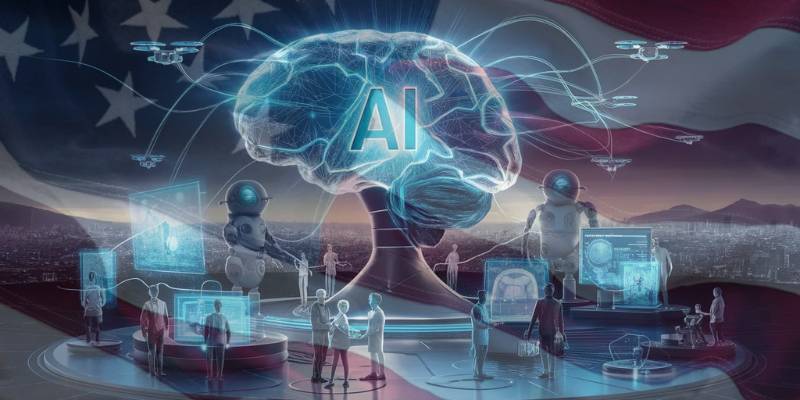Amazon just made its loudest move yet in artificial intelligence – signing a $38 billion, seven-year deal with OpenAI that will see the ChatGPT maker rely heavily on Amazon Web Services (AWS) for cloud computing and AI infrastructure.
The partnership, first revealed through a detailed report on Reuters, marks one of the biggest AI infrastructure collaborations ever announced. It’s a bold play that many say could redefine Amazon’s place in the global tech hierarchy.
What’s interesting is how this move changes the conversation around AWS. For years, Amazon was accused of being an AI laggard, stuck behind the buzz swirling around Microsoft’s partnership with OpenAI and Google’s Gemini breakthroughs.
Now, with OpenAI shifting significant workloads to AWS, the dynamic looks very different – a sentiment echoed in another Reuters analysis that called this deal a turning point for both companies.
Behind the scenes, AWS is gearing up to deliver staggering levels of compute power – hundreds of thousands of Nvidia GPUs and millions of CPUs to fuel OpenAI’s next generation of large language models.
The ambition is clear: to make AWS the backbone for what’s next in generative AI. In a quiet but confident statement from Amazon’s own newsroom, the company hinted at massive infrastructure expansions designed specifically for OpenAI’s workloads, showing that this isn’t just a deal on paper — it’s a full-scale engineering commitment.
Financial markets reacted swiftly. Amazon’s stock surged following the announcement, as investors interpreted the deal as proof that AWS still has the muscle to compete in the AI cloud race.
The optics matter here: for months, analysts and insiders had speculated that Amazon was losing momentum while Microsoft’s Azure and Google Cloud seized AI-heavy clients. This deal flips that script.
But it’s not all clear skies ahead. While $38 billion is an eye-popping number, Amazon still faces challenges.
Managing such colossal compute demand isn’t just about stacking servers – it’s about logistics, energy consumption, chip supply, and long-term ROI.
Some observers at Ars Technica have already questioned whether this signals a sustainable pivot or an expensive gamble.
Then again, maybe that’s exactly what Amazon needs right now – a high-stakes gamble to reassert itself.
Remember, this is the same company that once looked late to streaming, late to devices, and late to advertising… until it quietly became a powerhouse in each.
The OpenAI deal feels like that kind of moment again: a big, daring, somewhat messy step that puts Amazon back where it thrives – in the middle of an industry shift.
I’ll admit, there’s something thrilling about watching a giant wake up. Whether AWS truly regains its AI crown or not, this move proves Amazon’s not content to play defense anymore.
In a space where innovation often means burning billions before seeing returns, this partnership feels like both a warning shot and a promise. Whatever happens next, the AI wars just got a lot more interesting.


